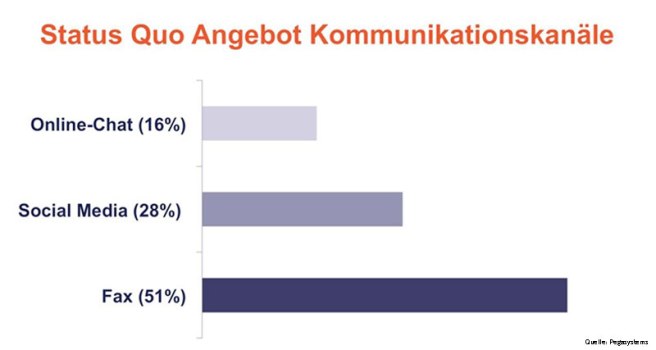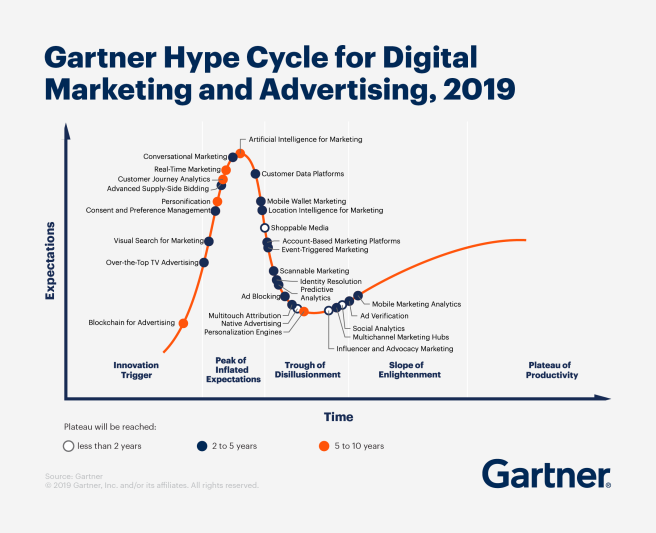
DEK: A digital experience platform can modernize private and public sectors.
The wide range of government services that constituents depend on are increasingly accessed and delivered online—with varying degrees of success. These challenges—and the changing expectations of a population conditioned by Google, Amazon, and Uber—have pushed the public sector to seek ways of keeping pace with the digital transformation all around us.
To do that, they need technology that can smoothly and securely connect people with the services they need, while also giving government employees the data they rely on to do their jobs. And why not make the experience enjoyable?
With those goals in mind, governments are turning to digital experience (DX) platforms that can deliver a modern consumer experience for traditionally bureaucratic processes.
Why a DXP makes sense for governments
While private sector organizations often have the luxury of focusing on a specific product or service, government agencies must provide a diverse array of resources to their constituents—almost always with a high degree of urgency.
Look at any state website and you’ll see a broad range of crucial services, including:
- Professional licensing and business permits
- Voter registration
- State benefits—health care, food assistance, childcare and more
- Tax information
- Driver’s licenses and motor vehicle registration
- Consumer protection
- Caregiver support
- Unemployment benefits
Alongside all that, of course, are the innumerable departments and administrative systems that carry out the smooth functioning of government—led by employees who rely on effective communication tools and unimpeded access to data.
Connecting constituents with the information they need—in a suitable format, at the exact right moment—is no small task. To achieve all that—while providing a user experience that feels less like DMV and more like H&M—requires a digital infrastructure built to deliver those services while managing the obstacles that are bound to pop up.
For governments, that means finding a DX solution that responds superlatively to four key challenges.
1.Cybersecurity
No surprise here—data protection is top-of-mind in every industry, and especially in the public sector. To get a sense of the scope of the problem, consider that the federal government’s proposed cybersecurity budget in 2021 was projected at $18.7 billion.
Besides managing stores of constituents’ sensitive personal information, governments act as essential intermediaries for systems that range from voting and waste management to gas and electric utilities. These are services―and collections of data―that simply cannot be left vulnerable.
2. Continuity and Reliability
As important as safeguarding critical data may be, so too is the assurance that systems will work no matter what sort of bizarre event might occur. Maintaining a continuous connection to essential services is what people expect―and what governments must deliver.
3. Scalability
The ability to scale ensures that governments can see the full benefits of their digital platforms by flexing in size or scope and across workforce models―without compromising expense ratios or infrastructure cost. This drives efficiency and effectiveness throughout the programs used and boosts the satisfaction level of key stakeholders, employees, and constituents.
4. Speed and ease of use
Digital experiences must lean into serving the “everything” constituent, who wants everything available to them both in person and online. According to Gartner, half of all digital government KPIs include a constituent/customer experience metric to ensure services delivered are constituent-centric. The future of civic services will combine the speed and ease of digital with the practicality and resourcefulness of human interaction.
The HCL DX platform is future-ready
HCL DX solves these critical problems with dynamic features that will satisfy the needs of governments and agencies of all sizes—large, mid-size, or small.
Security you can rely on
HCL DX is renowned for unmatched data protection—and that reputation is well deserved.
Security is baked into the platform through end-to-end encryption, multilevel authentication and role-based access controls that ensure the system architecture is customizable yet secure. With rules-based protection built in, HCL DX ensures that sensitive data and essential systems will be safe from threats.
Continuity that keeps people connected
With over 2,000 APIs, HCL DX makes seamless integration of data and apps a reality, protecting the continuity of business-critical processes that are too important to be interrupted. With pre-built continuous integration, your digital experiences are delivered effortlessly yet securely.
What’s more, with over 200 new REST APIs with industry JavaScript frameworks, any government office can customize its apps with no training, while supporting new channels headlessly.
This facilitates a new level of integration for custom applications and connects people and networks to the essential data they need, when they need it—no matter what.
Scalability that everyone needs
HCL DX’s cloud-native platform allows you to choose the cloud option you prefer or host your own Kubernetes deployment, so there are no multi-tenant vendor constraints on how you build and scale your operation.
A platform like this provides economical scaling, enabling the distribution of data and workloads across multiple independent datacenters with high availability. That high availability also removes limitations on how you deploy your own data and physical resources.
By bringing together HCL DX on HCL Now, a cloud-native-as-a-service managed cloud solution, you can access expert cloud solutions with ease―simply and seamlessly accelerating your growth as you see fit.
Serve the “everything” constituent
Access. Convenience. Customization. Quality.
As digital experiences for consumers continue to evolve―and increase―so do the expectations for those experiences. Simply providing a digital option is not enough―that option must be personalized and enjoyable. Yes, even for government services.
DX’s intuitive content tools, insightful analytic integrations, and easily automated deployments open a new frontier for creating customer experiences that jump off the screen―and in a fraction of the time it would take to create them with code. By using HCL DX, you can save time and optimize your content without the need for IT development or intervention.
A DX platform can help resolve many of the challenges facing governments today. But only the HCL DX platform resolves these issues with the combination of security, consistency, and out-of-the-box scalability and ease-of-use that fits the needs of governments everywhere.
For more information on HCL DX’s features, click here.






 : Cross-Channel Campaign Management (EMSS Modules), Q3 2019.
: Cross-Channel Campaign Management (EMSS Modules), Q3 2019.




